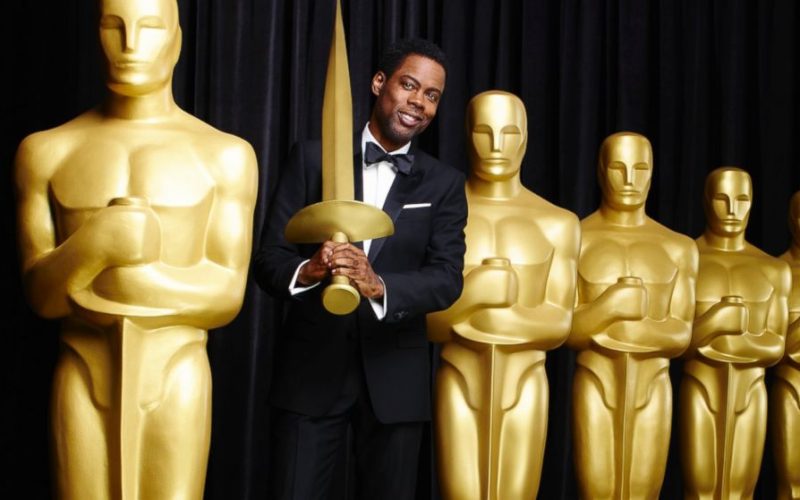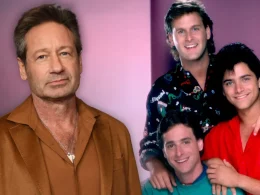Introduction
Award shows are a big part of popular culture. They celebrate talent, creativity, and success in different fields. But these events are not just about entertainment. They also show what society values and how far we’ve come in embracing diversity. This article looks at how award shows are becoming more inclusive, the progress made, and the challenges that still need to be overcome.
The Evolution of Diversity in Award Shows
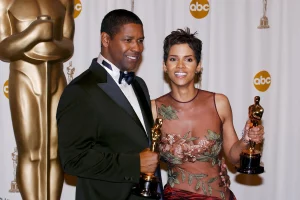
In the past, award shows were often criticized for not being diverse. For many years, minority groups, women, and marginalized communities had a hard time getting recognition in spaces that favored a narrow set of standards. Over time, public activism and demands for change started conversations about fairness and equal opportunity.
Important moments, like Halle Berry winning an Oscar in 2002 or Parasite winning Best Picture in 2020, show some progress. However, these moments are still rare, highlighting the need for ongoing efforts to achieve true inclusivity.
Why Representation Matters
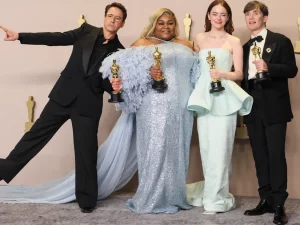
Representation in award shows matters because it reflects real life. When people see themselves on screen or on stage, it makes them feel included and valued. It shows that their stories, culture, and experiences are important too. This can inspire people and bring communities closer together.
The Power of Representation
Representation is a key aspect of diversity. When people from all races, ethnicities, and backgrounds are seen in award shows, it sends a powerful message that they are valued. This recognition can go beyond just award wins it can be about the opportunity to be nominated, to have a chance to showcase one’s work, and to receive acknowledgment for contributions to the industry. In turn, this boosts confidence in young artists and creators, showing them that they, too, can be celebrated for their talent.
How Diversity Strengthens Storytelling
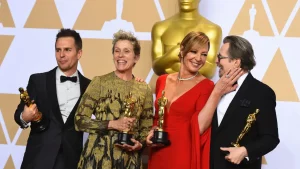
When award shows honor diverse creators, they encourage new and unique stories. These fresh perspectives add richness and variety to the entertainment industry. Recognizing different voices ensures that audiences have access to stories they may not have seen before, making entertainment more exciting and inclusive.
How Awards Shape Trends
Award shows don’t just reflect what’s happening in entertainment; they help shape what comes next. When diverse winners and nominees are celebrated, it signals to the industry what kinds of stories and talent should be prioritized. This creates a ripple effect, encouraging more diversity in future projects.
The Importance of Representation in Award Shows

Representation in award shows is important because these events celebrate the best in entertainment and show what society values. When diverse voices are recognized, it sends a message that everyone’s stories and contributions matter. On the other hand, leaving out marginalized groups helps keep inequality in place and limits opportunities.
Key Benefits of Representation
- Visibility for Marginalized Communities: Award shows give attention to stories and creators that might otherwise be ignored.
- Cultural Progress: They show how society’s views on equality are changing.
- Role Models for Future Generations: Diverse winners inspire young artists from underrepresented groups.
Current State of Representation
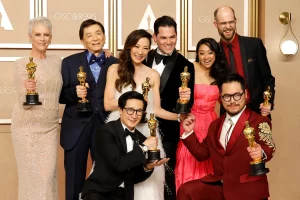
Despite progress, there is still a big gap in representation. Studies show that award nominations and wins often favor certain groups, with fewer diverse creators and performers being recognized.
Key Observations:
- Gender Imbalance: Women, especially in fields like directing and cinematography, are still underrepresented.
- Racial Diversity: Black, Indigenous, and People of Color (BIPOC) artists often face barriers to recognition.
- LGBTQ+ and disability representation: nominees and winners from these communities are still very few, showing that more inclusion is needed.
Initiatives Driving Change

Organizations and advocacy groups have played a big role in pushing for change. For example, the Academy of Motion Picture Arts and Sciences has set new diversity standards for films competing for the Best Picture award starting in 2024. Events like the NAACP Image Awards and GLAAD Media Awards also focus on celebrating voices that are often left out.
Key steps taken:
- Expanded Voting Memberships: More diverse people are now part of voting groups.
- Transparent Criteria: Clear and inclusive rules have been set for choosing nominees.
- Highlighting Marginalized Talent: Campaigns are working to bring attention to diverse voices in marketing and public conversations.
Progress in Diversity and Inclusivity

How Social Media Drives Change
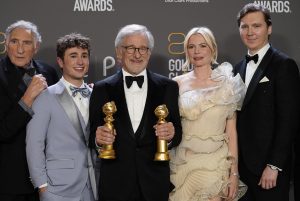
Social media has become a powerful tool for promoting diversity. Hashtags like #OscarsSoWhite brought attention to the lack of inclusivity in award shows. Fans and creators can now voice their concerns openly, putting pressure on organizers to be more fair and representative. Social platforms have become spaces where people demand change and celebrate progress.
Impact of Diversity in Award Shows
Diversity in award shows brings many benefits:
- Economic Impact: Movies and shows with diverse casts often do better financially, showing that representation sells.
- Cultural enrichment: Telling inclusive stories helps people understand and empathize with different cultures.
- Long-Term Change: Recognizing underrepresented creators can create more opportunities for future talent.
The Impact of Diversity on Viewership

Diversity in award shows affects how people watch them. When viewers see nominees and winners who look like them or share their experiences, they feel more connected. This increases the popularity of these shows and helps them stay relevant in today’s world. Inclusivity also brings in new audiences from different cultures and backgrounds.
Economic Benefits of Diversity

Diversity isn’t just about fairness; it also makes good business sense. Films and TV shows with diverse casts and crews often attract wider audiences. When award shows celebrate these projects, it encourages the industry to invest in more inclusive content, which can lead to bigger profits.
The Role of Younger Generations
Younger generations are pushing for change in award shows. They value diversity and want entertainment that reflects the real world. Their voices, shared on social media and beyond, are powerful. As they grow into larger parts of the audience, their influence will continue to drive inclusivity forward.
Challenges to Achieving True Inclusivity
Although progress has been made, there are still challenges. Tokenism, whereee only a few opportunities are given to diverse groups just to appear inclusive, remains a problem. There are also deep biases within institutions that make it hard to achieve true diversity.
Barriers to Overcome:
- Institutional Bias: long-standing practices that favor certain groups over others.
- Economic Disparities: Financial challenges that prevent marginalized communities from fully participating.
- Cultural Gatekeeping: Resistance from audiences or industry insiders to accept change.
Global Perspectives in Award Shows
Award shows are starting to embrace talent from all over the world. Films and TV shows from countries like South Korea, India, and Mexico are gaining more attention. Recognizing international creators helps break down barriers and shows that great stories can come from anywhere.
Analysis Table: Diversity in Award Shows
| Aspect | Progress Made | Remaining Challenges |
|---|---|---|
| Gender Representation | Increased female nominees | Underrepresentation in technical categories |
| Racial Diversity | More wins for BIPOC artists | Limited opportunities and visibility |
| LGBTQ+ Inclusion | Recognition of queer narratives | Lack of consistent representation in major awards |
| Global Representation | International films gaining acclaim | Focus remains on Western-centric storytelling |
Comparative Table: Traditional vs. Modern Award Show Diversity
| Category | Traditional Shows | Modern Shows |
|---|---|---|
| Representation | Predominantly White, Male-centric | Broader inclusion across genders and ethnicities |
| Voting Process | Insular, limited to specific demographics | Expanded membership for diverse voting panels |
| Acknowledgment of Issues | Minimal discussion on representation | Proactive efforts to address diversity gaps |
Conclusion
Diversity in award shows is not just a moral imperative but a reflection of evolving societal values. By embracing inclusivity, these events can remain relevant and meaningful in a multicultural world. While progress has been made, sustained efforts are needed to build a future where award shows truly celebrate the full spectrum of human creativity.






